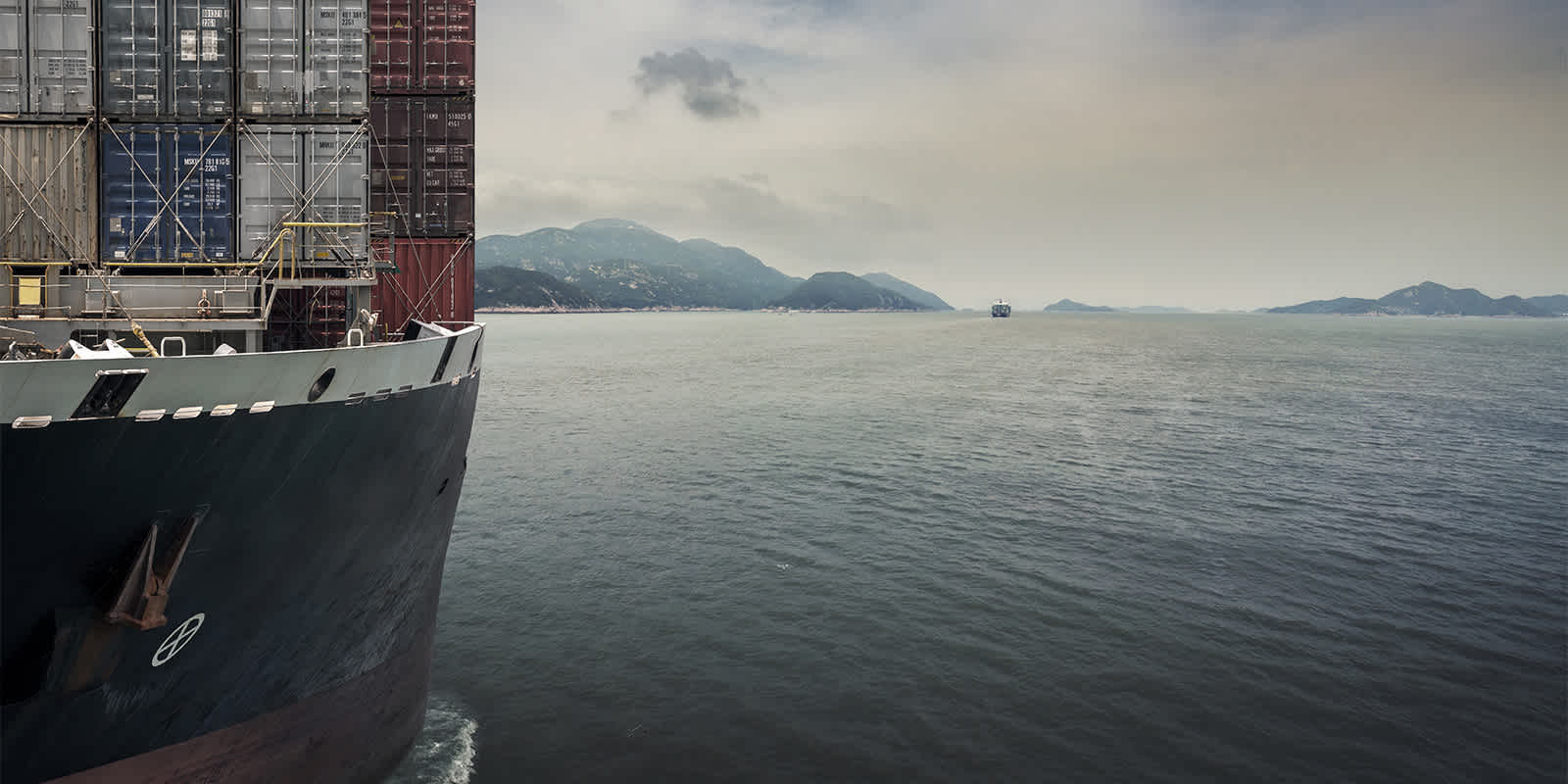
February 27, 2020
Coronavirus Update: Supply Chain and Economic Impacts—Week of February 24
Coronavirus Update: Supply Chain and Economic Impacts—Week of February 24
Supply Chains Slowly Resume After Coronavirus Closures
Many Chinese companies outside of Hubei province, where work is on hold until March 11, have resumed operations either online or physically. The impact of the slow post-New Year restart is palpable, however, with 94% of Fortune 1000 companies seeing coronavirus-related supply chain disruptions. Trade is not yet back to 100 percent operating capacity as air, ocean, and trucking weather the transition.
Air
Air freight volumes are expected to increase this week, likely triggering backlogs, significant rate-per-kilo market increases, and volatile fluctuations in pricing. Loyal and long-term airline clients, master loaders, and BSA holders should expect uplift priority.
Ocean
Ocean shippers on the Transpacific Eastbound (TPEB) lane should continue to brace for blank sailings and fractional operating capacities. While there are 20 additional blanks sailings this week due to the coronavirus, that number is expected to drop in the next two weeks; we expect nearly 90% of normal capacity by early March.
Meanwhile, Asia to North Europe trade carriers have implemented an additional 17 blank sailings this week. More blank sailings are expected until mid-March as volume recovers gradually.
Trucking
The news is brighter in the trucking market as capacity is recovering in mainland China. Impact for now is minimal because of reduced demand, but may change once shipment volumes increase. In general, we foresee trucking market capacity to recover to more than 80% of its earlier level in the next two weeks.
Projected Global Economic Impact
The Coronavirus (Covid-19) epidemic that once seemed mostly contained within China, with isolated cases elsewhere, now seems to be spreading. Outbreaks are cropping up in Iran, Italy, and South Korea. But, the World Health Organization has not yet declared Covid-19 to be a pandemic.
The trajectory of the virus has been tough to predict. In terms of assessing supply chain impact, it has been tempting to draw parallels between Covid-19 and other known infections, such as SARS, H1N1, or regular influenza. With those outbreaks, we saw a difficult Q1 followed by a relatively quick recovery in Q2—essentially, a V-shaped recovery, which the IMF recently forecasted. However, it is not clear that the novel Coronavirus will follow the same course. Furthermore, the world has changed significantly since SARS. China constitutes a significantly larger share of the world economy than it did 17 years ago.
Just when China will resume its accustomed role in global supply chains remains a question. Those supply chains depend on a number of links being in place for systems to flow smoothly: Open factories, with workers there to staff them; truck drivers who are free to move between factories and fully staffed operating ports; and ships and planes available to transport the goods. So far, there has been progress made on opening Chinese factory doors post-New Year’s break. But the other elements are less clear. And, now there is the growing possibility of supply chain breaks in other parts of the world, such as Europe or Northeast Asia.
These factors indicate that Covid-19 will have a significant negative impact on Q1 GDP growth. The V-shaped recovery forecast by the IMF seems increasingly unlikely.
What is more likely is a U-shaped recovery or an L-shaped non-recovery. With a U-shaped recovery, supply chains will bounce back more gradually, and activity ends up largely deferred rather than cancelled. In the L-shaped scenario, we might see Chinese businesses unable to meet credit obligations and going under, or importing firms permanently losing out on sales because inventory runs out on key parts.
Beyond the supply chain, one notable concern is that economies around the world will suffer a demand shock as sales conferences are cancelled, or worried consumers avoid shopping malls. As with the supply chain, it will matter a great deal how long the disruption lasts. If Covid-19 becomes a pandemic, the effect will likely extend well beyond Q1.
A final consideration is the likelihood that negative economic effects can be counteracted with timely policy moves. The problem is that policymakers in key economies will face painful choices. Moves to reopen factories and encourage movement of people will simultaneously threaten further spread of the virus. Moves to extend credit to endangered businesses could worsen a credit bubble. Moves to lower interest rates could spur inflation that has started to bubble up, particularly in China.
It’s going to be a challenging time for individuals, companies, and policymakers.
What’s Next?
Flexport will continue to monitor the impact of COVID-19 on global trade and provide updates from our experts, including those in mainland China. Keep checking in with Flexport.com and our blog for the latest. Also, subscribe to Freight Market Update for weekly news on what's happening across trade lanes worldwide in both ocean and air.
If you’d like to help, please join Flexport’s efforts to provide aid to those in need. Organizations with freight quantity of unused medical masks, N95 masks, sanitizer, medical caps, protective clothing, goggles, eye guards, or any other supplies can donate to relief efforts by contacting org.ops@flexport.com.
And, if you ship with Flexport, your Squad will provide ongoing updates on any potential impact to your shipments. Please don’t hesitate to reach out to them with questions.




